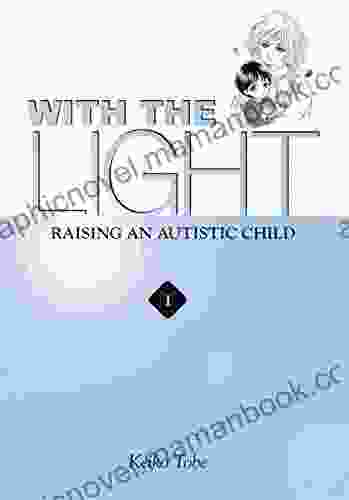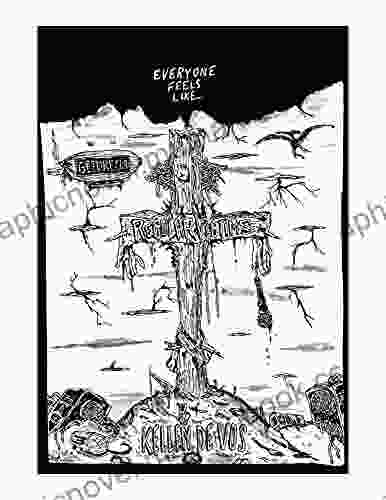In the 11th Year of Meiji, May 14th: The Proclamation of Martial Law and the Birth of Modern Japan

On May 14th, 1878, the Meiji government declared martial law in Tokyo. This event marked a turning point in Japanese history, as it signified the end of the samurai era and the beginning of modern Japan.
The samurai had been the ruling class in Japan for centuries. They were a warrior elite who were skilled in the martial arts and who had a strong sense of honor. However, by the mid-19th century, the samurai were facing a number of challenges. The rise of Western powers and the of modern weapons had made their traditional skills obsolete. In addition, the Meiji government was implementing a number of reforms that were designed to modernize Japan and to reduce the power of the samurai.
These reforms included the abolition of the feudal system, the establishment of a conscription army, and the creation of a new system of taxation. The samurai were strongly opposed to these reforms, and they staged a number of uprisings against the Meiji government.
4.7 out of 5
| Language | : | English |
| File size | : | 295904 KB |
| Print length | : | 216 pages |
| Screen Reader | : | Supported |
The most serious of these uprisings was the Satsuma Rebellion of 1877. The Satsuma Rebellion was led by Saigo Takamori, a former samurai who had been one of the leaders of the Meiji Restoration. Saigo and his followers believed that the Meiji government had betrayed the samurai and that they were trying to destroy Japanese culture.
The Satsuma Rebellion was a major challenge for the Meiji government. The rebels were well-trained and well-armed, and they fought bravely. However, the government was able to defeat the rebels after a long and bloody campaign.
The defeat of the Satsuma Rebellion marked the end of the samurai era. The samurai were no longer a viable political force, and they were gradually replaced by a new generation of leaders who were more interested in modernizing Japan than in preserving the old order.
The declaration of martial law in Tokyo on May 14th, 1878, was a symbolic event that marked the beginning of modern Japan. This event signified the end of the samurai era and the beginning of a new era of peace and prosperity.
The Meiji Restoration
The Meiji Restoration was a period of great change in Japan. It began in 1868 with the overthrow of the Tokugawa shogunate and the restoration of the emperor to power. The Meiji Restoration was a time of rapid modernization, as Japan sought to catch up with the Western powers.
The Meiji government implemented a number of reforms that were designed to modernize Japan. These reforms included the abolition of the feudal system, the establishment of a conscription army, and the creation of a new system of taxation. The Meiji government also encouraged the development of industry and commerce.
The Meiji Restoration was a success, and Japan quickly became a modern industrialized nation. Japan's economy grew rapidly, and its military became one of the most powerful in the world. Japan also began to play a more active role in international affairs.
The Samurai
The samurai were the ruling class in Japan for centuries. They were a warrior elite who were skilled in the martial arts and who had a strong sense of honor. The samurai were also loyal to their lord and would fight to the death to protect him.
The samurai played a major role in Japanese history. They fought in many wars and helped to unify Japan. The samurai also developed a number of cultural traditions, including the tea ceremony and the art of swordsmanship.
However, by the mid-19th century, the samurai were facing a number of challenges. The rise of Western powers and the of modern weapons had made their traditional skills obsolete. In addition, the Meiji government was implementing a number of reforms that were designed to modernize Japan and to reduce the power of the samurai.
The samurai were strongly opposed to these reforms, and they staged a number of uprisings against the Meiji government. The most serious of these uprisings was the Satsuma Rebellion of 1877. The Satsuma Rebellion was led by Saigo Takamori, a former samurai who had been one of the leaders of the Meiji Restoration. Saigo and his followers believed that the Meiji government had betrayed the samurai and that they were trying to destroy Japanese culture.
The Satsuma Rebellion was a major challenge for the Meiji government. The rebels were well-trained and well-armed, and they fought bravely. However, the government was able to defeat the rebels after a long and bloody campaign.
The defeat of the Satsuma Rebellion marked the end of the samurai era. The samurai were no longer a viable political force, and they were gradually replaced by a new generation of leaders who were more interested in modernizing Japan than in preserving the old order.
Martial Law
Martial law is a temporary state of law that is imposed by the military when there is a threat to public safety or order. Martial law gives the military the power to arrest and detain people, to search and seize property, and to use force to quell unrest.
The Meiji government declared martial law in Tokyo on May 14th, 1878, in response to the Satsuma Rebellion. The government wanted to prevent the rebels from entering Tokyo and to restore order to the city.
Martial law was in effect in Tokyo for several months. During this time, the military arrested and detained thousands of people, and they searched and seized property. The military also used force to quell unrest, and there were several incidents of violence.
The declaration of martial law in Tokyo was a controversial decision. Some people believed that it was necessary to restore order to the city, while others believed that it was a violation of civil liberties. However, the Meiji government was able to
4.7 out of 5
| Language | : | English |
| File size | : | 295904 KB |
| Print length | : | 216 pages |
| Screen Reader | : | Supported |
Do you want to contribute by writing guest posts on this blog?
Please contact us and send us a resume of previous articles that you have written.
 Top Book
Top Book Novel
Novel Fiction
Fiction Nonfiction
Nonfiction Literature
Literature Paperback
Paperback Hardcover
Hardcover E-book
E-book Audiobook
Audiobook Bestseller
Bestseller Classic
Classic Mystery
Mystery Thriller
Thriller Romance
Romance Fantasy
Fantasy Science Fiction
Science Fiction Biography
Biography Memoir
Memoir Autobiography
Autobiography Poetry
Poetry Drama
Drama Historical Fiction
Historical Fiction Self-help
Self-help Young Adult
Young Adult Childrens Books
Childrens Books Graphic Novel
Graphic Novel Anthology
Anthology Series
Series Encyclopedia
Encyclopedia Reference
Reference Guidebook
Guidebook Textbook
Textbook Workbook
Workbook Journal
Journal Diary
Diary Manuscript
Manuscript Folio
Folio Pulp Fiction
Pulp Fiction Short Stories
Short Stories Fairy Tales
Fairy Tales Fables
Fables Mythology
Mythology Philosophy
Philosophy Religion
Religion Spirituality
Spirituality Essays
Essays Critique
Critique Commentary
Commentary Glossary
Glossary Bibliography
Bibliography Index
Index Table of Contents
Table of Contents Preface
Preface Introduction
Introduction Foreword
Foreword Afterword
Afterword Appendices
Appendices Annotations
Annotations Footnotes
Footnotes Epilogue
Epilogue Prologue
Prologue Mark Rashid
Mark Rashid David L Roll
David L Roll Richard Louv
Richard Louv Page Keeley
Page Keeley Boyd Craven Iii
Boyd Craven Iii Mary Devey
Mary Devey Jessie Ash
Jessie Ash Fanny Kelly
Fanny Kelly Dan Brule
Dan Brule Marilyn Jansen
Marilyn Jansen Dorcas Oginni
Dorcas Oginni Peter Coleman
Peter Coleman Brooks Crittenton
Brooks Crittenton Bill Vanpatten
Bill Vanpatten Bernard Knight
Bernard Knight Ezra Meeker
Ezra Meeker Judith Arnopp
Judith Arnopp Grace Paley
Grace Paley Todd Whitaker
Todd Whitaker Alina Owais
Alina Owais
Light bulbAdvertise smarter! Our strategic ad space ensures maximum exposure. Reserve your spot today!
 Robin PowellFollow ·14.3k
Robin PowellFollow ·14.3k Dylan MitchellFollow ·9.8k
Dylan MitchellFollow ·9.8k Ezekiel CoxFollow ·18k
Ezekiel CoxFollow ·18k Douglas FosterFollow ·17.9k
Douglas FosterFollow ·17.9k E.M. ForsterFollow ·8.3k
E.M. ForsterFollow ·8.3k Gavin MitchellFollow ·17.2k
Gavin MitchellFollow ·17.2k Branson CarterFollow ·18.6k
Branson CarterFollow ·18.6k Orson Scott CardFollow ·6.2k
Orson Scott CardFollow ·6.2k

 Rex Hayes
Rex HayesWorld of Dead Volume Issue: An In-Depth Analysis
The World of Dead volume issue...

 Nathan Reed
Nathan ReedHard Lessons Learned from ERP Rollouts: A Hivemind...
Enterprise...

 Fernando Bell
Fernando BellWith the Light, Vol. 1: Illuminating the Extraordinary...
The advent of parenthood is a...

 Wesley Reed
Wesley ReedNo Helping Hand: True Story of Deadly Waves
In December 2004,...

 Ruben Cox
Ruben CoxIntroduction to Electrodynamics by David Griffiths: A...
to Electrodynamics by...
4.7 out of 5
| Language | : | English |
| File size | : | 295904 KB |
| Print length | : | 216 pages |
| Screen Reader | : | Supported |














